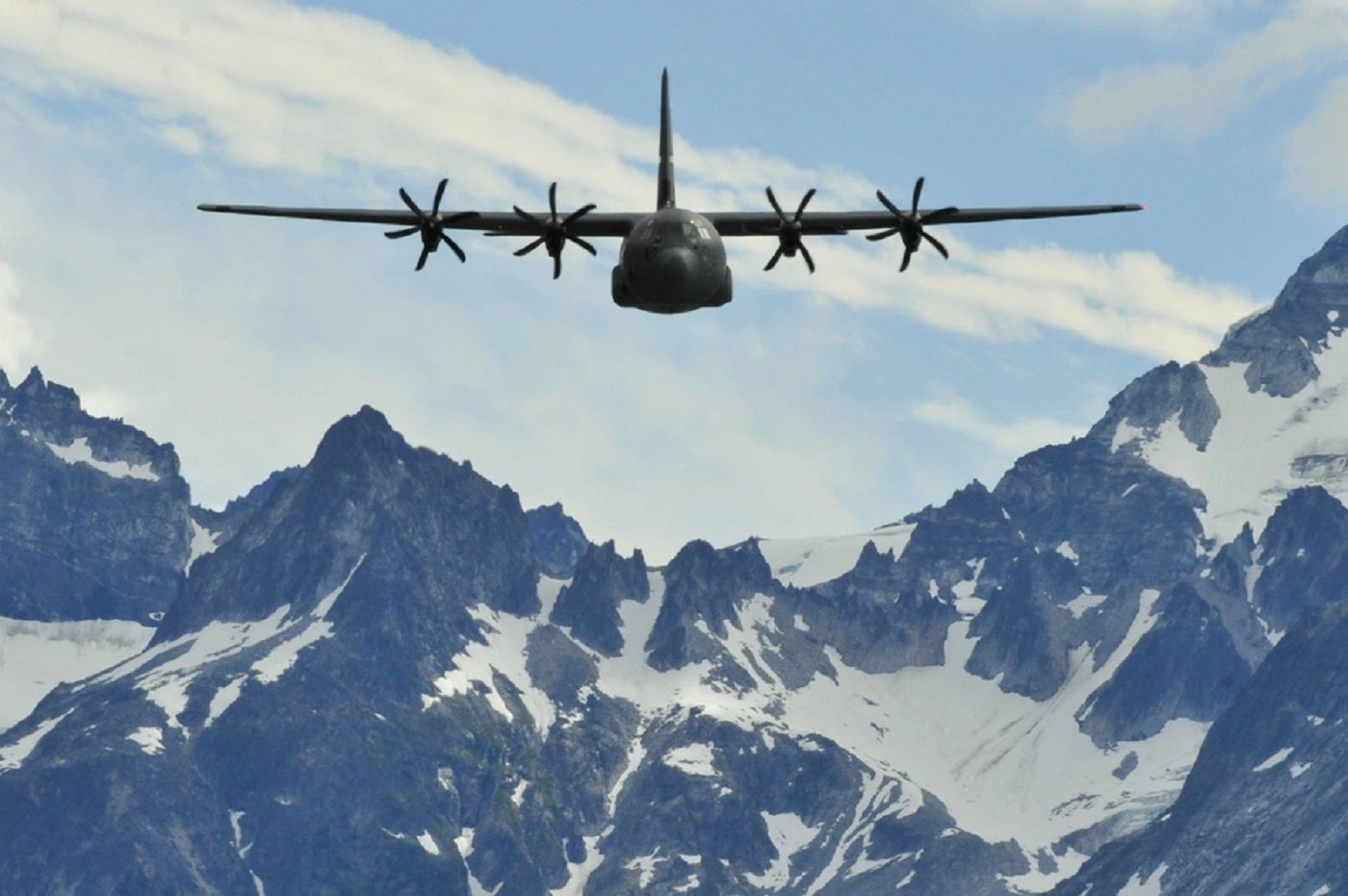
The C-130 is a reliable military transport aircraft that has been continually used by US military services for some time.
Nevertheless, the US Department of Defense (DoD) has been deliberating over the continued use of the aircraft. While it has been announced that the C-130 fleet will receive repairs, the DoD’s spending on the aircraft is expected to cease by 2028, according to GlobalData forecasts.
Meanwhile, the DoD also contracted Lockheed Martin on 13 April 2023 to provide the rapid execution of non-recurring engineering, to include studies, engineering analysis, airframe analysis, and risk reduction of the C-130J aircraft. This will determine whether the aircraft can meet E-XX capability requirements. Work will be performed in Marietta, Georgia, and is expected to be completed in June 2026.
The E-XX aircraft is being developed to provide secure connectivity between the US National Command Authority and the US Navy’s (USN) ballistic submarine fleet, which can deliver nuclear weapons. The programme aims to recapitalise the existing fleet of TACAMO aircraft with a new E-XX platform based on the C-130J. All such missions and duties are currently being performed by the USN E-6B fleet.
New life supporting the E-XX
Considering GlobalData ceases its C-130J spending forecast by 2028, and in light of the USN’s plan to adapt this fleet with E-XX capabilities by 2026, it makes sense that the legacy C-130J fleet may be recycled for USN application for future maritime security.
The maritime domain sees enormous demand imposed on navies in the current security climate. With US allies devoted to the Indo-Pacific security policy, their navies seek to ramp up their capability to match the ‘pacing challenge’ of China’s People’s Liberation Army Navy (PLAN). PLAN is believed to have the largest fleet in the Asia-Pacific region, according to GlobalData, and is a close contender to the USN regarding the number of its ships.
The USN is focused on expanding its weapons capability; its FY 2024 Budget recently allocated an additional $2bn to weapons programmes. This means that recycling the C-130J fleet for the E-XX programme will be useful as a way of reducing costs and will allow the DoD to maintain the integrity of the C-130J and its enduring capabilities.
Not only this, it will also enable the USN to maintain a healthy distance in front of PLAN’s ever growing ship count. Whether or not the DoD goes through with this plan for the legacy fleet, it certainly appears to be an elegant and all-encompassing solution to a number of problems.




